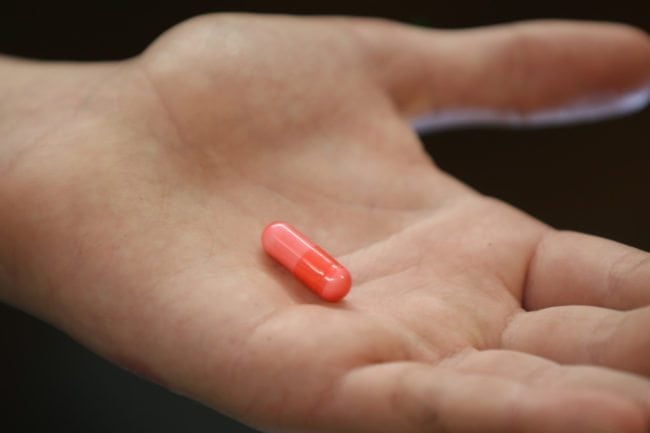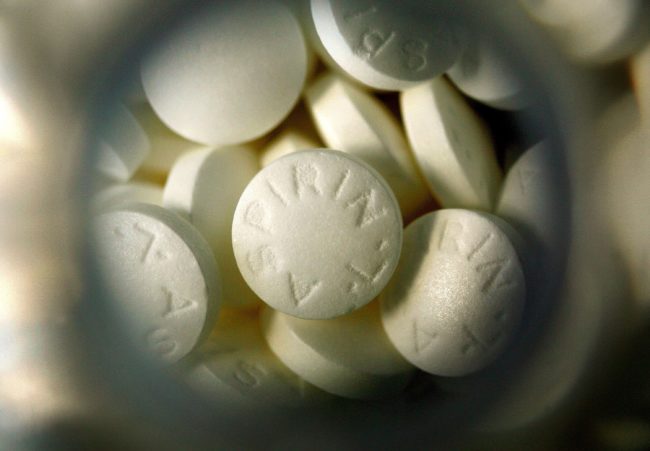Chemsex and legal highs are having an effect on the way drugs are used, study says

Chemsex can encourage risky behaviour (IStock)
The way that drugs are being used is being affected by the rise in popularity of chemsex and legal highs, a study has found.
A study carried out by the criminology department of Manchester Metropolitan University found that the was people use substances is changing.
There has been a “dramatic shift” away from class A substances such as heroin and crack in favour of synthetic substances such as “spice”, a cannabinoid.
Crystal methamphetamine and ephedrine are also increasing in popularity amongst gay men, and the use of ecstasy which was formerly popular has dramatically declined.

A legal high pill typical in England (Photo Illustration by Christopher Furlong/Getty Images)
Related: Government vows crackdown on chemsex drugs
Dr Rob Ralphs and Dr Paul Gray interviewed 53 drug users and 31 staff members of different substance-related services in the city.
They found that the drug and alcohol treatment services, the police, homeless day centres and sexual health services all had negative stereotypes, meaning that people were less likely to seek out help from the services.
They explained that although drug use is rampant amongst gay men, they were unlikely to use drug treatment centres because of it’s affiliation to heroin and crack users.
Similarly, people who used legal highs did not want to reach out to these treatment centres because they feel that they do not take such stigmatised drugs.
Related: Online ‘virtual counselling’ service launches for gay men struggling with drugs and chemsex
Dr Ralph’s explained these were “outdated views” and these crucial services needed to work harder to defeat the stereotype.
He said: “Despite complex and often interrelated needs, it was apparent that users of Spice and chemsex substances had a lack of knowledge of existing service provision and, perhaps most concerning, outdated views and perceptions of who treatment services are targeted at and what services could offer.”
Dr Grey added that these “stereotypical perceptions and outdated views of users – namely, that drug services are solely places for injecting heroin and crack cocaine users – provides evidence of the need for services to better promote the range of interventions that they offer.”
The two doctors propose that to combat the “outdated views” which are saturating the drug users they interviewed need to be combated by making a better connection between the services available.

(Photo Illustration by Tim Boyle/Getty Images)
Related: Study finds a third of men who have sex with men have participated in chemsex
For instance, they suggest that drug and substance causes should launch “pop-up services” in homeless day centres.
To target gay men who are abusing drugs, they say that they should put mental health services in locations such as gay saunas and fetish clubs.
Dr Ralphs added that a “holistic” approach needs to be taken to helping people overcome substance abuse issues.
He said: “Drug users should be treated holistically, requiring substance use services to work more closely with mental health, sexual health, supported housing and homeless services.
“A lack of clear referral pathways through other agencies into drug treatment services must be combated while tackling the outdated perception among some professionals that treatment services are just for heroin and crack users”.

